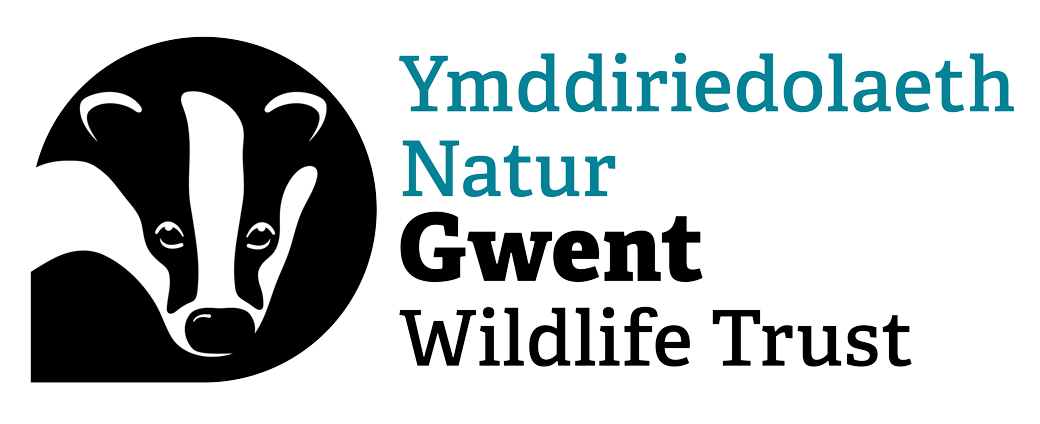Search
Chwilio
Calaminarian grassland
This is a strange, sparse habitat of grassland growing on old mining tracks and slag heaps, on river gravels and naturally exposed metal-rich soils in the mountains. Only the toughest metal-loving…
Your Local Group
Common wasp
Wasps are well-known, and unfortunately not very well-loved! But give these black and yellow guys a chance, as they are important pollinators and pest controllers.
Sea slater
These little critters are related to the woodlice you find in your garden and play a very important role on rocky shores.
Common eelgrass
This seagrass species is a kind of flowering plant that lives beneath the sea, providing an important habitat for many rare and wonderful species.
Tales from the riverbank with Jeff 'Otterman' Chard
Gwent Wildlife Trust volunteer, supporter and keen photographer Jeff ‘Otterman’ Chard is the UK Wild Otter Trust Ambassador 2020.His title comes in recognition of his commitment to Otter…
European seabass
Seabass is a seafood favourite, appearing on menus throughout the UK. But it's in trouble in UK seas, with much of the seabass we eat imported from European fish farms.
Flat-backed millipede
Found in compost heaps and under stones in gardens, the flat-backed millipede is a common minibeast. It is an important recycler of nutrients, feeding on decaying matter.
My perspective
Ben grew up at the Naze paddling in the sea and looking for sharks’ teeth. After graduation, he returned to the landscape he loves to help local people experience the wonders of the natural world…
Events
Find your local Wildlife Trust event and get stuck in to wild activities, talks, walks and much more.
